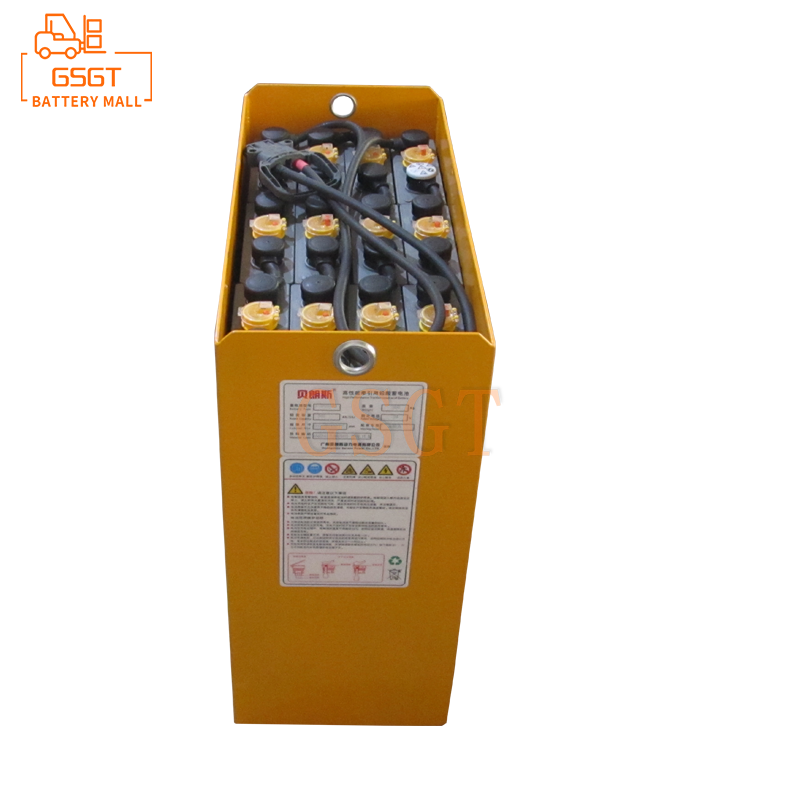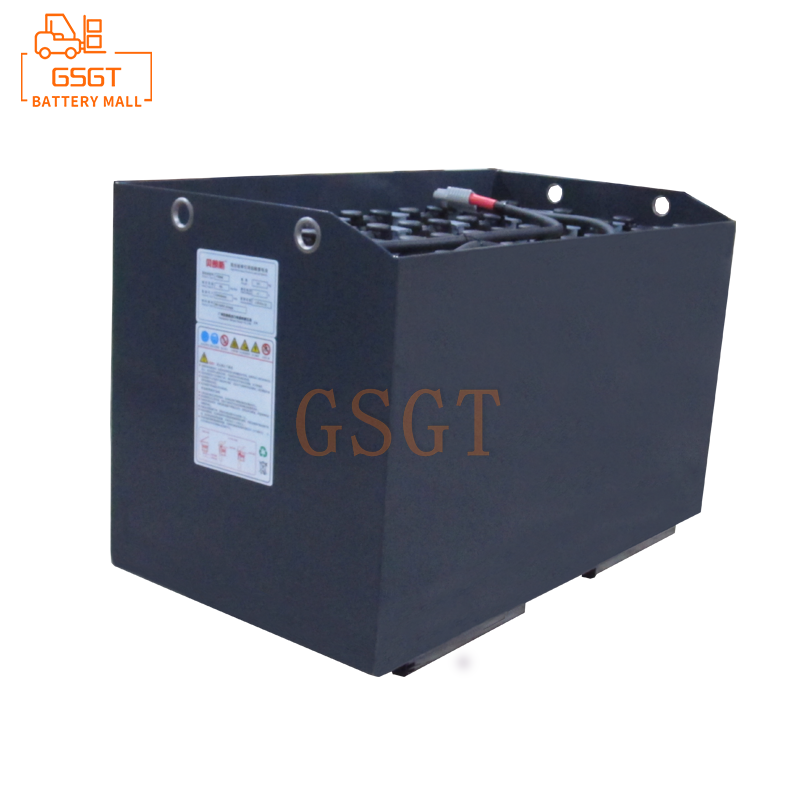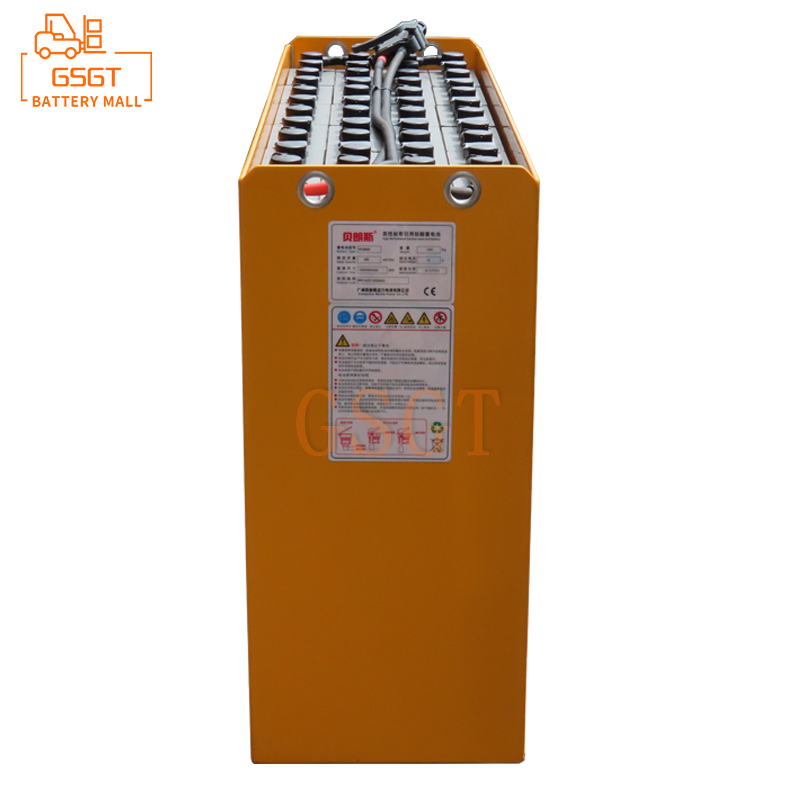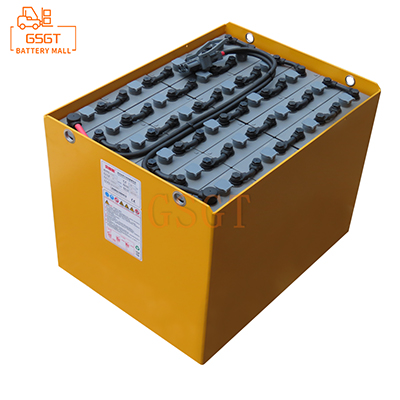Time:2025-03-17 09:35:38
Browse:519
In the field of energy storage, lead-acid batteries and sodium-ion batteries are becoming two major focuses of attention. With the progress of science and technology and the evolution of market demand, the relationship between the two has triggered a lot of discussion: whether one side will replace the other in the short term, or maintain a long-term coexistence in the future? If in-depth analysis, it will be found that lead-acid batteries still have advantages that can not be ignored in many aspects, and are more inclined to long-term coexistence of the two, and lead-acid batteries will continue to play a key role in specific fields.
Lead-acid batteries have a very long history of development, and their high technical maturity is second to none in the battery family. Since its inception in the 1850s, after more than 170 years of sharpening and improvement, its production process and material formula have reached an almost perfect state. In the plate manufacturing process, from the initial simple lead plate processing, to now through precision casting, special alloy formulation optimization, to ensure that the plate has good electrical conductivity, mechanical strength and corrosion resistance, extend the battery life. The electrolyte configuration has strict and precise standards, and the density, additive types and proportions of the electrolyte in different application scenarios have been repeatedly tested and optimized to achieve the best electrochemical reaction efficiency. The battery assembly process has also formed a highly standardized and automated operation mode in long-term practice, from the precise welding of parts to the sealing treatment of the battery shell, each process has a stable and reliable operation specification, which greatly guarantees the consistency of product quality.
In contrast, sodium ion batteries, although remarkable progress has been made in the field of scientific research in recent years, continue to explore new compound systems on material synthesis, trying to improve battery performance; In the study of electrode interface stability, a lot of resources have been invested to overcome the technical problems. However, it has to be admitted that its overall technology is still in the stage of rapid iterative optimization and exploration, and there is still a long way to go from the maturity of lead-acid batteries after years of precipitation. This difference in technology maturity is directly reflected at the product level. In mass production, lead-acid batteries can rely on stable processes and formulations to achieve extremely high product consistency, whether it is performance at low temperatures, or capacity retention after multiple charge and discharge cycles, with minimal differences between different batches of products and strong quality stability. It is sufficient to meet many application scenarios such as communication base stations and medical equipment backup power supply, which require nearly harsh battery performance reliability.
Cost is the core factor that determines the competitiveness of the battery market, and lead-acid batteries have shown incomparable advantages in this regard. Lead, as the core raw material of lead-acid batteries, is extremely abundant in the world. According to authoritative geological exploration data, the world's proven reserves of lead can be exploited on a large scale for hundreds of years. Moreover, after long-term development, the mining and refining technology of lead has long been mature, the upstream and downstream of the industrial chain are highly coordinated, and the mining costs and refining costs have been effectively controlled. This makes lead-acid batteries have an innate price advantage in the procurement of raw materials. From the actual market data, the unit Wh cost of lead-acid batteries is significantly ahead of sodium-ion batteries. The same specifications of sodium ion battery packs, due to the high cost of raw materials, complex production process, the market price is often several times that of lead-acid batteries.
This huge cost gap has given lead-acid batteries absolute market power in areas such as low-cost electric vehicles and backup power supplies for communication base stations, which are extremely sensitive to costs. As an important short-distance travel tool in third-tier cities and rural areas, the price of low-speed electric vehicles is the primary consideration for consumers. With the low cost of lead-acid batteries, the vehicle price can be controlled within the acceptable range of ordinary consumers, which is a price barrier that sodium-ion batteries are difficult to break through in the short term. The same is true in the field of backup power supply of communication base stations, large-scale deployment of base stations requires a large number of backup batteries, and the cost is directly related to the operating costs of operators. Lead-acid batteries, with their low cost and high reliability, have become the preferred choice of operators, and sodium-ion batteries are limited by cost and difficult to expand rapidly in this market.
Lead-acid batteries have excellent high-current discharge performance, which is another key advantage that stands out among many battery types. In the field of automotive start-up batteries, lead-acid batteries have long dominated and are irreplaceable. When the car ignites the moment, the engine needs a strong torque to start, which requires the battery to provide up to hundreds or even thousands of amps of current in a very short time. The unique plate structure and electrolyte characteristics inside the lead-acid battery make it easy to cope with this high current demand, and release strong electric energy in milliseconds to ensure the smooth start of the automobile engine. Even in the cold winter, low temperature causes the internal resistance of the battery electrolyte to increase, and other battery types may have difficulties starting, lead-acid batteries with mature low temperature performance optimization technology can still stable output large current to ensure the normal start of the car.
However, sodium-ion batteries are still difficult to match lead-acid batteries in terms of large current discharge capacity. The key technical indexes, such as the diffusion rate of sodium ion in the electrode material and the stability of the electrode interface under the impact of large current, still need to be further improved. This makes the advantages of lead-acid batteries rock-solid in application scenarios such as automotive start-up and instantaneous power output of construction machinery, which require high current discharge performance, and sodium-ion batteries are difficult to form a substantial threat to them in the short term.
Although sodium-ion batteries have potential advantages in energy density and other aspects, and show good development prospects in emerging fields such as energy storage power stations, which have high energy density requirements and relatively abundant space, lead-acid batteries still have a solid market position in many traditional and emerging applications with their deep technical background, low cost and excellent high-current discharge performance. In the foreseeable future, the two are not a simple short-term alternative relationship, but more likely to coexist for a long time, lead-acid batteries will continue to shine in the market segments suitable for their characteristics, and jointly promote the diversification of the energy storage industry with sodium-ion batteries.

$1105

$3075

$3810

$3405

MESSAGE
Professional And Efficient
Security
Affordable Price
Professional Services